Finally having the opportunity to ascend the Washington Monument yesterday, although all the views were beautiful, my eye was drawn to a photograph of the National Mall as it stood in 1942. Many of the parks and memorials were absent — in their place sat rows and rows of squat, ugly office buildings, clearly constructed in a hurry. This was the capital of a nation at war.
Because so much knowledge of World War II has seeped from the realm of fact to founding myth, we tend to forget that the war was total. From 1941 to 1945, civil society abruptly transformed. All of industry reorganized. Professional careers were put on hold — new professions were invented overnight. Consider that the ranks of the U.S. Army swelled from 200,000 in 1939 to 6 million by 1944. The war became a constant companion and steady topic of conversation. There was no avoiding it. As Lee Sandlin writes in “Losing the War:”
There’s a phrase people sometimes use about a nation’s collective reaction to events like Pearl Harbor — war fever. We don’t know what a true war fever feels like today, since nothing in our recent history compares with it; even a popular war like the gulf war was preceded by months of solemn debate and a narrow vote in Congress approving military action. World War II came to America like an epidemic from overseas. Immediately after Pearl Harbor, recruitment offices all over America swarmed with long lines of enlistees; flags and patriotic posters popped up on every street and store window; wild and hysterical cheers greeted the national anthem at every rally and concert and sporting event. Overnight the war was the only subject of conversation in the country; it was the only subject of the movies you could see at the local theater (Blondie and Dagwood were absorbed into the war effort in Blondie for Victory; Sherlock Holmes came out of retirement to chase Nazi spies in Sherlock Holmes in Washington). War was the only acceptable motif in advertising: for years after Pearl Harbor every manufacturer of spark plugs and orange juice routinely proclaimed that its product was essential to an Allied victory.
…
That was the war: omnipresent, weedlike tendrils of contingency and code spreading over a landscape where the battle had long since passed.
…The bureaucracy of war became an overpowering presence in people’s lives, even though the reality of battle was impossibly remote. Prices were controlled by war-related government departments, nonessential nonmilitary construction required a nightmare of paperwork, food and gas were rationed — any long-distance car travel that wasn’t for war business meant a special hearing before a ration board, and almost every train snaking through the depths of the heartland had been commandeered for classified military transport. The necessities of war even broke up the conventional proprieties of marriage: the universal inevitability of military service meant that young couples got married quickly, sometimes at first meeting — and often only so the women could get the military paycheck and the ration stamps.
The war was the single dominant fact in the world, saturating every radio show and newspaper. Every pennant race was described on the sports pages in the metaphor of battle; every car wreck and hotel fire was compared to the air raids that everyone was still expecting to hit the blacked-out cities on the coasts.
Surveyed from a gulf of seventy years, this world seems impossible to comprehend. What events today would impel the return of rationing and a draft? A nationwide “war fever” to sweep the nation’s brightest minds from Silicon Valley and Wall Street into some reinvigorated and weird War Department of the twenty-first century?
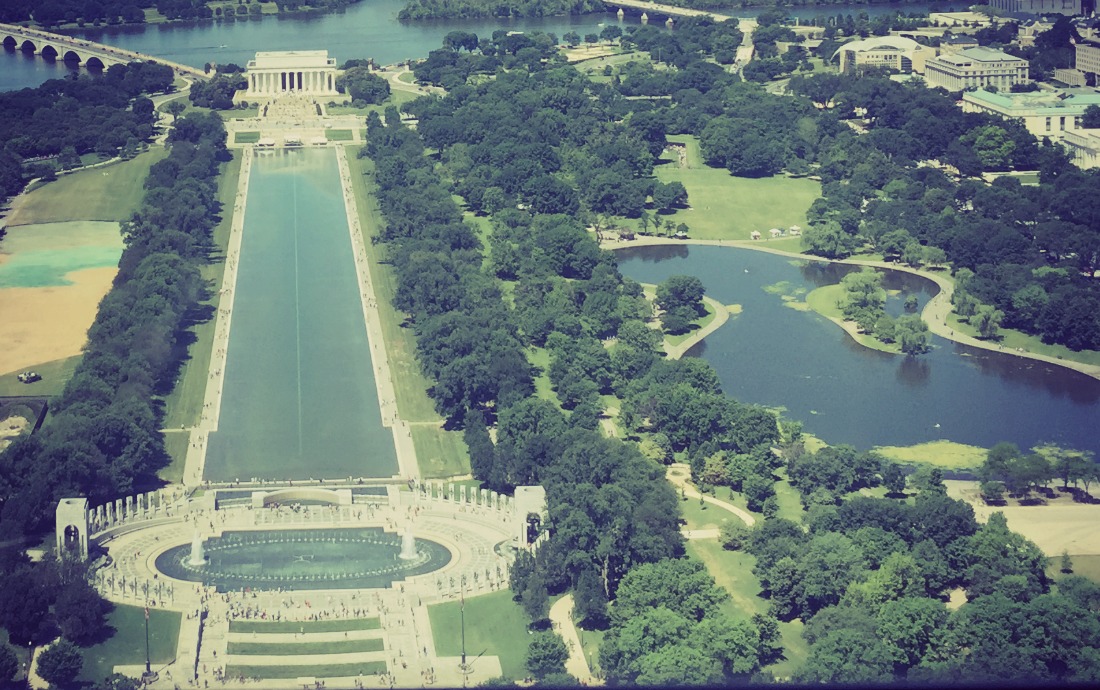
The National Mall today.
Currently, the United States conducts regular military operations across three theaters: Afghanistan; Iraq and Syria; and Yemen. For fighters of the Taliban or the self-declared Islamic State or Al Qaeda, bombarded by air strikes and at the mercy of black-helicopter raids, it must feel very much like being at war. But for so many Americans, inured by the sterility of modern combat and insulated by the emerging warrior caste, it is not war at all. It is the barest blip on the radar, the tiniest incremental step up from peace: complex missions executed in faraway lands for wholly arcane reasons.
Citizens care sincerely for their veterans. But they have no reason to care about or even much consider the conflicts in which their veterans fight; the conflicts that have stolen thousands of soldiers’ lives.
It is difficult to envision circumstances in which this might change. Today’s U.S. military is so thoroughly professionalized — equipped with such complicated tactics and exquisite tools of warfare — that even in the gravest future conflicts, it would hardly be an immediate return to a whole-of-society military effort. The U.S. Army encountered great difficulty in managing even a small force increase in the midst of the surge of 2007-2010. Doubling or tripling the size of the total force (much less contemplating a return to the draft) would be largely unthinkable in the span of time in which a conflict might actually be fought.
This is a very strange state of affairs. It means, even in the event of the sort of conflict that our nation works stridently to avoid — in the South China Sea; the Korean peninsula; the Baltics — most of America might hum along, business as usual, even as the nation’s military would be thrown into its highest gear.
Arguably, it is this peace and security for which the men and women honored on Memorial Day have sacrificed so much. This sacrifice should never be slighted; we must remember what they’ve given us.
Yet it is an unpleasant irony that this same security has helped cause civil society and the military to drift so far apart. When the nation fights abroad, its citizens no longer feel it. The limb is numb.
In a country birthed by proud democratic principles, this raises tough questions without good answers.
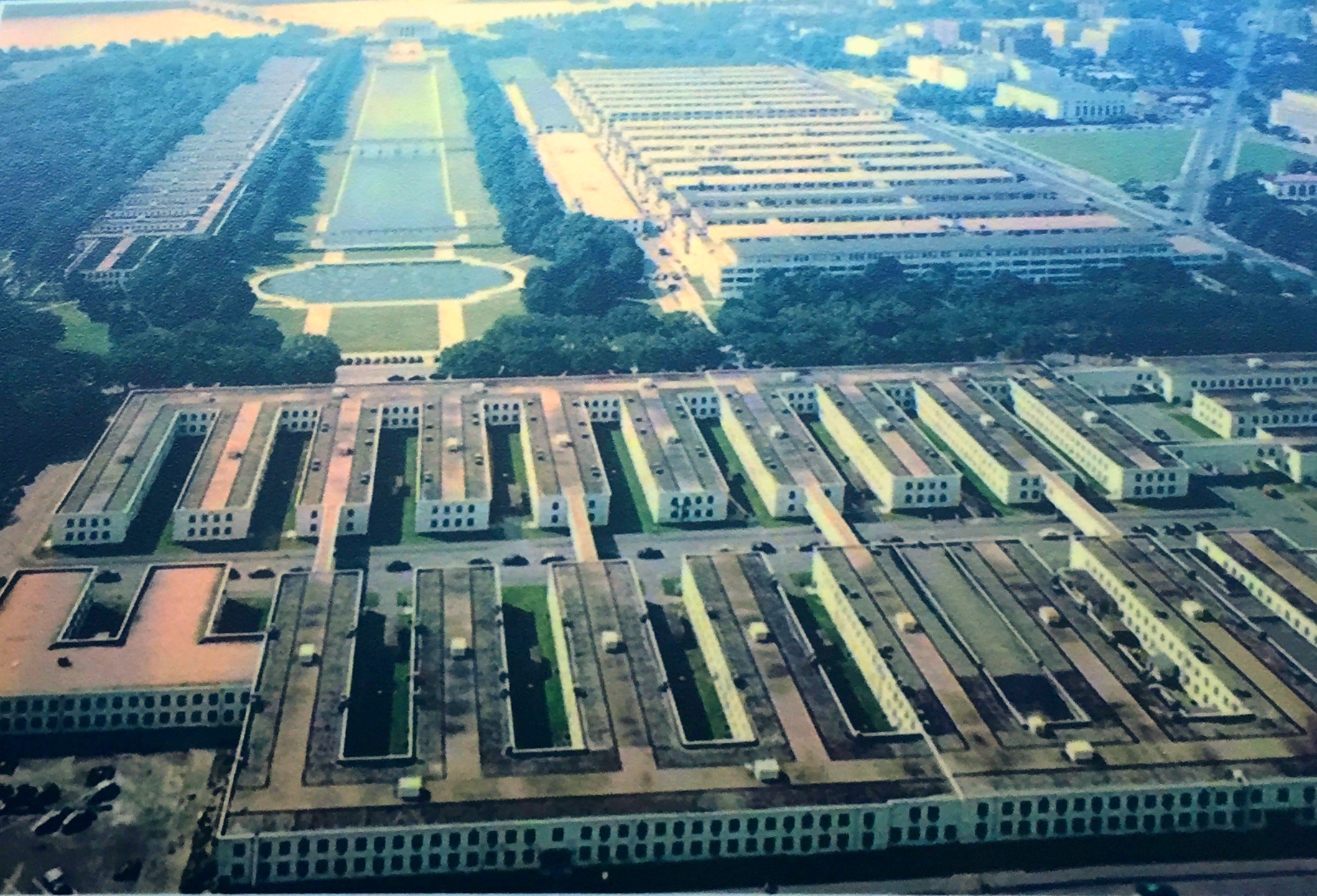
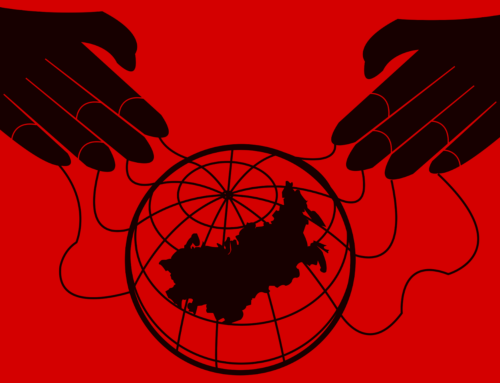
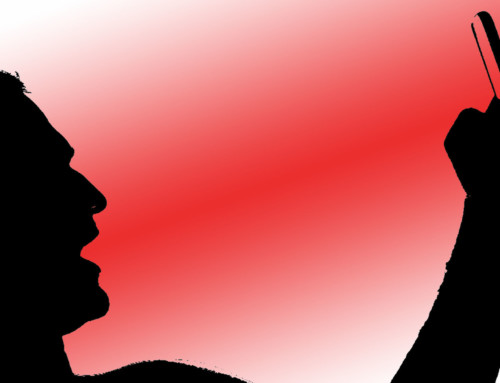
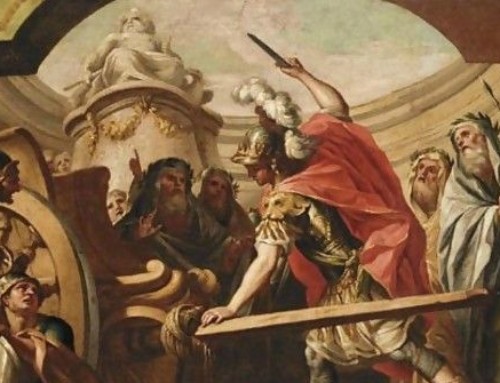
Leave A Comment